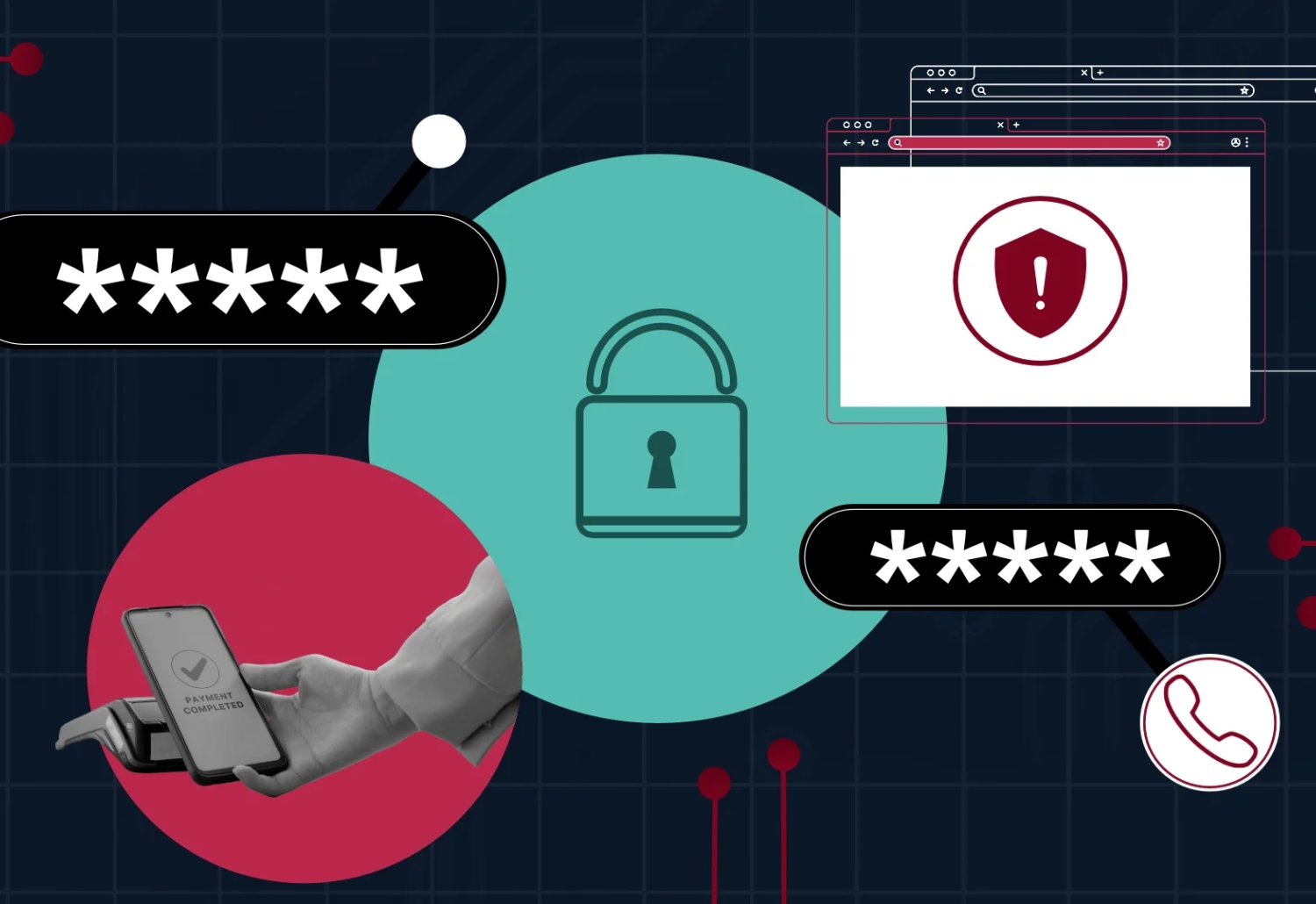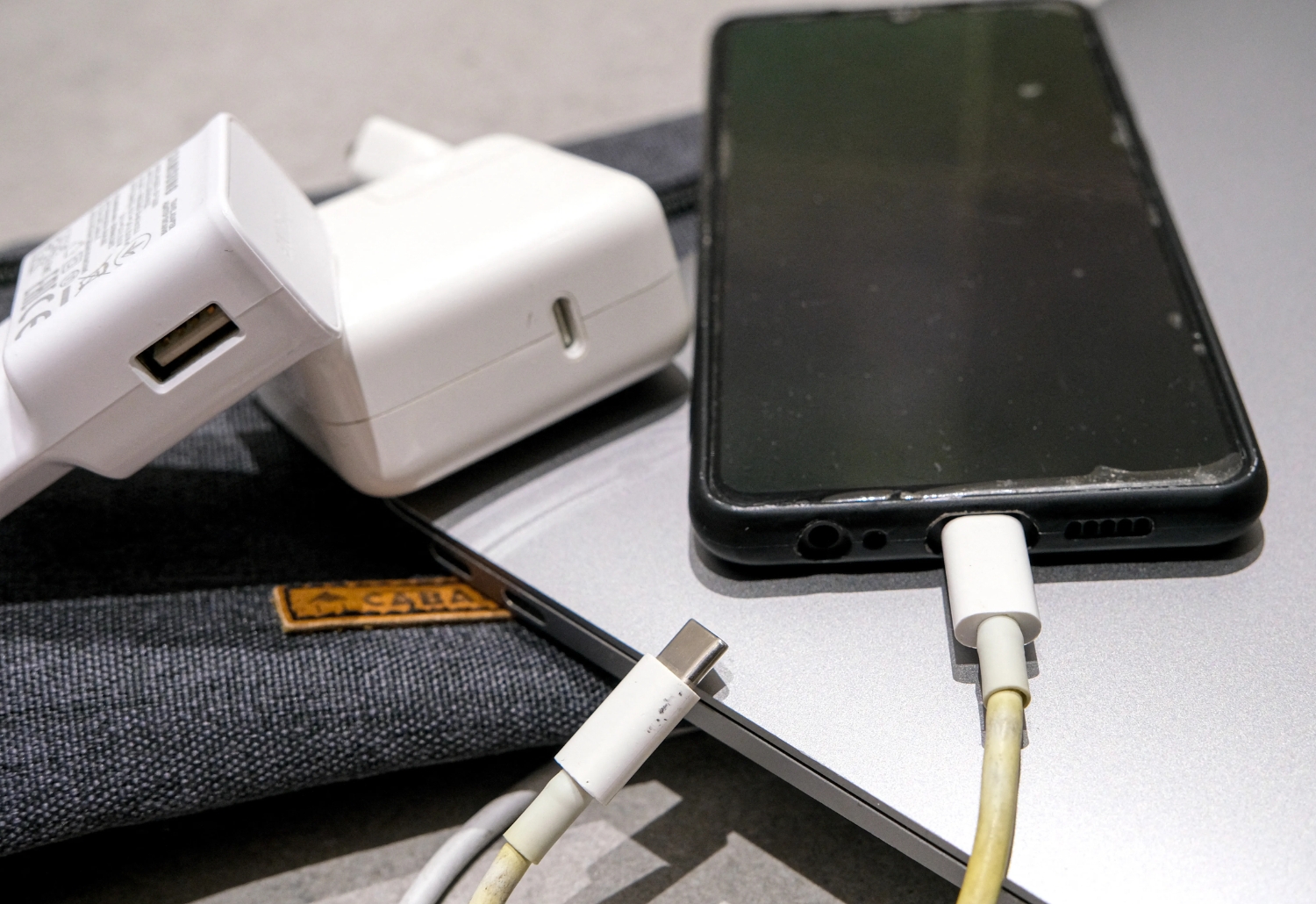Protect your SmartPhone
Image Credit: USA Today
Smartphones have become an extension of our personal and professional lives. From banking apps to social media, these devices contain a treasure trove of sensitive data. However, with the increasing incidence of cybersecurity threats, smartphone privacy must now be regarded as a necessity rather than an option. Without careful measures, cybercriminals may compromise your private information, track your location, or even exert remote control over your phone. The good news? You can put reasonable safeguards in place to protect your device and keep your data secure. Here are five clever tech tips that can help protect your smartphone privacy.
- Review and Restrict App Permissions
Many apps ask your permission to access locations, contacts, cameras, microphones, and sometimes even messages. Some permissions given by the user are required by the app to function; others may prove excessive, therefore creating a risk to personal privacy.
Tightening app permissions:
- For iOS: Head over to Settings > Privacy & Security and see which apps have access to sensitive features. Disable any unnecessary permissions.
- For Android: Check Settings > Apps & Notifications > App Permissions to control which apps can access what.
Apps that don’t need to be constantly in your location or microphone should have those permissions denied. Be highly suspicious of apps that ask for permissions that have no logical solution for their function—for instance, a flashlight app asking for access to your contacts!
- Use Strong Authentication Methods
A 4-digit PIN is hardly useable for locking down your smartphone against unauthorized access, especially when anyone can brute-force it through hacking techniques or shoulder surfing (when someone says they were just looking at fifth-priority traveling on the ragged edge of their eye).
Instead:
- Enable biometric authentication: It’s high time for fingerprint recognition or facial recognition that can be compared with a strong deterrent.
- Use alphanumeric passcodes: passkeys with a bouquet of letters, numbers, and symbols are tougher to break.
- Set up two-step verification: It adds another layer of security while logging into the applications, which means even if someone continues to keep the password, they would still require a verification code.

Things You Can Do to Be More Secure Online
Image Credit: PCMag
- Keep Your Software Updated
Software updates get dismissed by the majority because they are just too inconvenient or take ages. Most importantly, updates often contain serious security patches against cyber threats concerning your phone. With outdated operating systems, hackers will exploit these vulnerabilities and gain unauthorized access.
- How to keep your phone updated:
Enable automatic updates for your operating system and apps.
Manually check for updates by going to Settings > Software Update on iOS or Settings > System > Software Update on Android.
- Avoid unsupported devices—if your phone no longer receives updates, consider upgrading to a newer model with active security support.
- Be Cautious with Public Wi-Fi & Use a VPN
Public Wi-Fi is convenient but notoriously insecure. Hackers can intercept your data on public networks, stealing login credentials, banking information, or personal messages.
- How to stay safe on public Wi-Fi:
Avoid logging into sensitive accounts (like online banking) while using public networks. Use a VPN (Virtual Private Network) to encrypt your internet connection, making it harder for hackers to intercept your data.
- Forget Wi-Fi networks after use:
This prevents automatic reconnection, which could expose your phone to security risks.
- Protect Your Data with Encryption & Remote Wipe Features
Even if your smartphone is lost or stolen, you can still prevent unauthorized access by encrypting your data and enabling remote wipe features.
- How to encrypt your phone:
iPhones are automatically encrypted when you set up a passcode.
Android users can enable encryption by going to Settings > Security > Encrypt phone (if not already enabled by default).
- iOS: Use Find My iPhone to track or erase your phone remotely.
- Android: Use Find My Device from Google to locate or erase your phone if lost or stolen. By enabling these features, you ensure that even if your device falls into the wrong hands, your private data remains protected.
Conclusion
Your smartphone holds a wealth of personal information, making it a prime target for hackers and data thieves. However, by following these five privacy tips—reviewing app permissions, using strong authentication, keeping software updated, avoiding risky public Wi-Fi, and encrypting your data—you can significantly enhance your phone’s security. Privacy is not just about keeping your data safe from hackers—it’s also about taking control of who has access to your personal information. By implementing these simple yet effective strategies, you can enjoy a safer, more secure digital experience.

